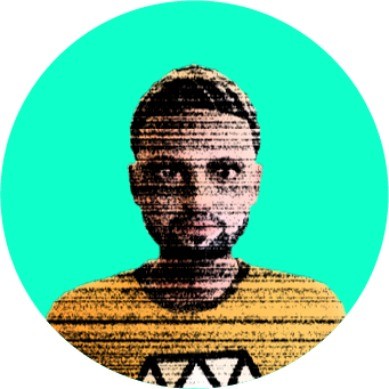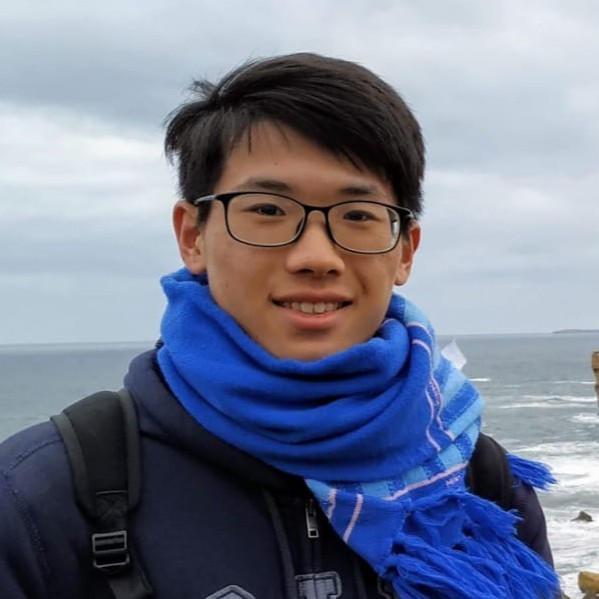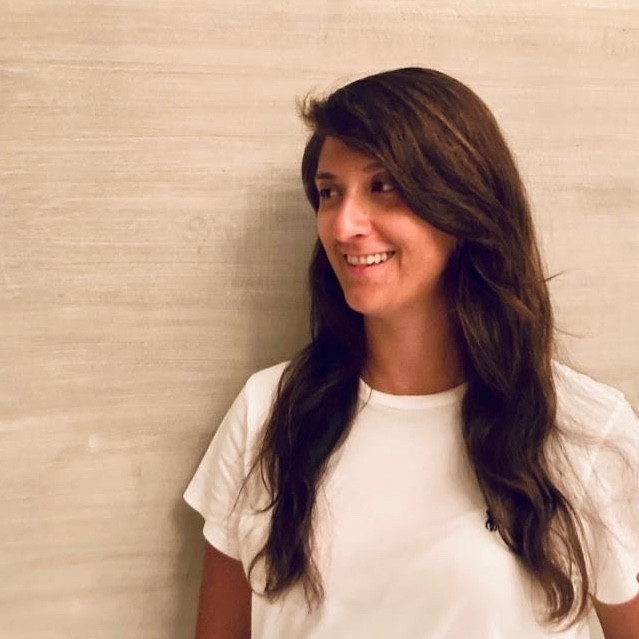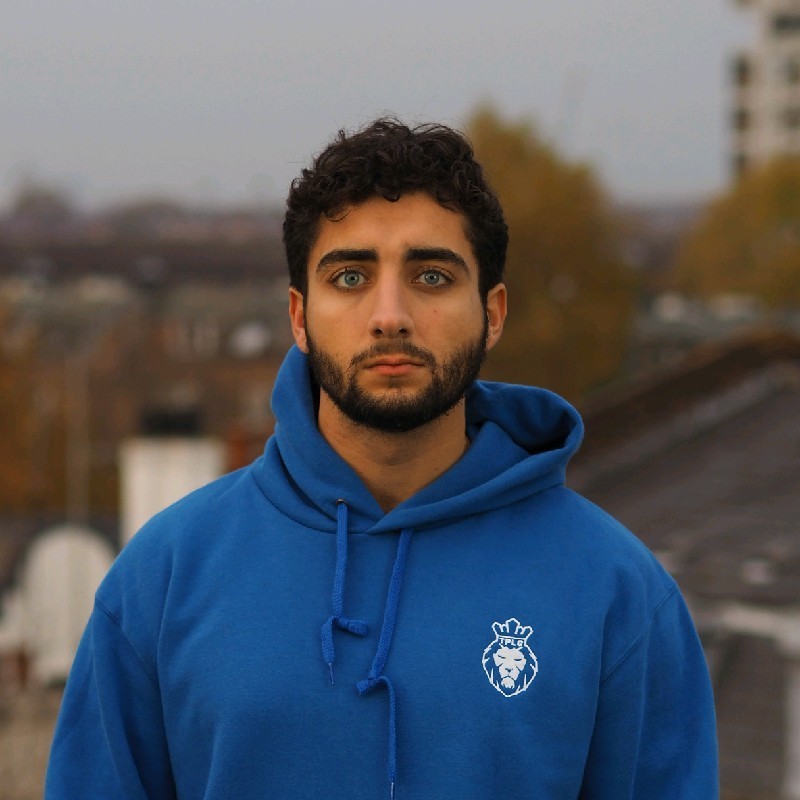Jun 29, 2022
Introduction
Many see NFTs as the future of art. To some, however, the meaning of NFT art still eludes them.
It is a fact, however, that in March 2021, contemporary artist Beeple succeeded in selling his work Everydays: The First 5000 Days as NFT for the sum of 69.3 million dollars at an online auction organised by Christie's.
This event is undoubtedly a watershed in the art world, but is it leading us towards a devaluation of art and its essence or is it opening up an exciting new chapter in it?
Non-fungible tokens and the future of art
NFTs (Non-Fungible Tokens) are unique cryptographic tokens that represent a digital property on blockchain. They are not mutually interchangeable.
NFTs are opposed to fungible tokens, i.e. tokens that have no specific individuality and can be replaced with other tokens of the same kind. If we think of a work of art, it is a unique piece and even if some other good exists that has the same economic value, there is nothing identical in the world. A work of art is therefore by definition non-fungible, because it cannot be exchanged for an identical good.
The most common use of NFTs is the representation of a digital property. Most systems supporting NFTs today allow the tokenization of a digital work, be it an artwork, an image or a video: an NFTs represents ownership of the same asset that is unique and non-duplicable.
NFTs and the art market
The art world is one of the main ones to have opened the door to NFTs. In the field of digital art, artists and creators have the possibility to make their digital artworks as unique assets that can be bought, sold and traded, with the effective transfer of ownership.
Each tokenized artwork is created directly by the artist, using cryptographic keys to create the NFTs token. Anyone can download an image of the work, but will not own it or obtain any value from it without owning the relevant NFTs.
During the pandemic, when the enjoyment of art in presence was severely restricted, digital art started to spread more and more, with innovative ways of viewing and selling rapidly evolving. Crypto art also allows emerging artists to develop new forms of creativity and new interpretations of art, as well as to gain income and visibility.
Further reading: NFTs for Designers.
Examples of specific initiatives related to NFTs art
SNFTM
The SNFTM (Seattle NFT Museum), the world's first NFT museum, opens in Seattle in 2021. The uniqueness of the museum, located in the heart of the Belltown district, lies in the fact that it will display digital art in a physical space, highlighting how physicality is fundamental to understanding and approaching the NFT phenomenon. The lenders are artists or private individuals and the works are shown on very high resolution displays so as to make the experience of the visit as immersive as possible.
The museum also promotes a "Call for Art" addressed to artists, curators, gallerists and professionals who want to interact with the institution, an inclusive idea that involves the territory in the life of the museum. SNFTM also aims to address the debated issue of the environmental impact of blockchain, assuming the role of a platform on which to discuss environmental protection also through the promotion of sustainable projects.
"The imagination of the artists and creators of NFT is electrifying. We wanted to create a space open to the NFT community but not only to continue to grow the vision of art," explains Jennifer Wong, co-founder of the Seattle NFT Museum.
MOCDA
Let's Get Digital!, the exhibition organised by the Fondazione Palazzo Strozzi and the Fondazione Hillary Merkus Recordati, and curated by Arturo Galansino and Serena Tabacchi is the first exhibition to bring NFT-related digital works to an institutional art venue in Italy. As Serena Tabacchi, co-founder and director of MoCDA (Museum of Contemporary Digital Art), comments, this initiative "legitimises the importance and sanctions the entry of crypto art into a difficult traditional context. It is a necessary and inevitable opening, in her opinion, given the 'magnitude of the social movement' related to NFT.
The MoCDA was created specifically during the pandemic with the aim of accommodating all those digitally created works that can be enjoyed through electronic devices.
In the exhibition Let's get Digital, Daniel Arsham's digital statue Eroding and Reforming Bust of Rome presented at the Strozzina seems to affirm that sooner or later it will disappear from history. In the work "blockchain is the basis of the work itself. Thanks to this technology, the artist was able to voluntarily programme the slow decay of the sculpture,' says Tabacchi. It is a mutable NFT of a digital statue that is bought intact and then destroyed. If in the past the focus was on the eternal value of works, the contemporary world turns the question upside down: the digital is now so fast that crypto art already foresees 'the end of time'.
Conclusions
The evolution of NFT digital art is a phenomenon that, like it or not, is there and is gaining momentum. Significantly, more and more museums are looking at crypto art and NFTs and almost all of them are trying to embrace them because they are aware that ignoring digital art would most likely mean progressive exclusion from contemporary art and the loss of important opportunities.
We cannot be sure that NFTs will be the future of art, but it is undoubtedly necessary to develop a new awareness of the relationship between digital and culture. Digital art is not just virtual abstraction, but involves aspects of traditional art: emotional relationships and temporal connections between past and future, and is therefore to all intents and purposes a new art form traded every day. In just 2 years then, Uniswap has become a leading system in the cryptocurrency world. Are you looking for expert help with tokenomics consulting? Take a look at the offer!
______
Are you interested in NFTs? Contact us
About the Author
Beatrice attended a Bachelor's degree in Italian Language, Literature and Civilization and got her Master's degree in 2020 at the Institute of Italian Studies of the University of Italian Switzerland (USI) in Lugano. Next to her humanistic education and passion for art history, she develops a personal interest in the field of communication and content creation, which she deepens in 2021 by attending a social media marketing training course. Since 2020 she has been part of the BrightNode team as a content writer.










